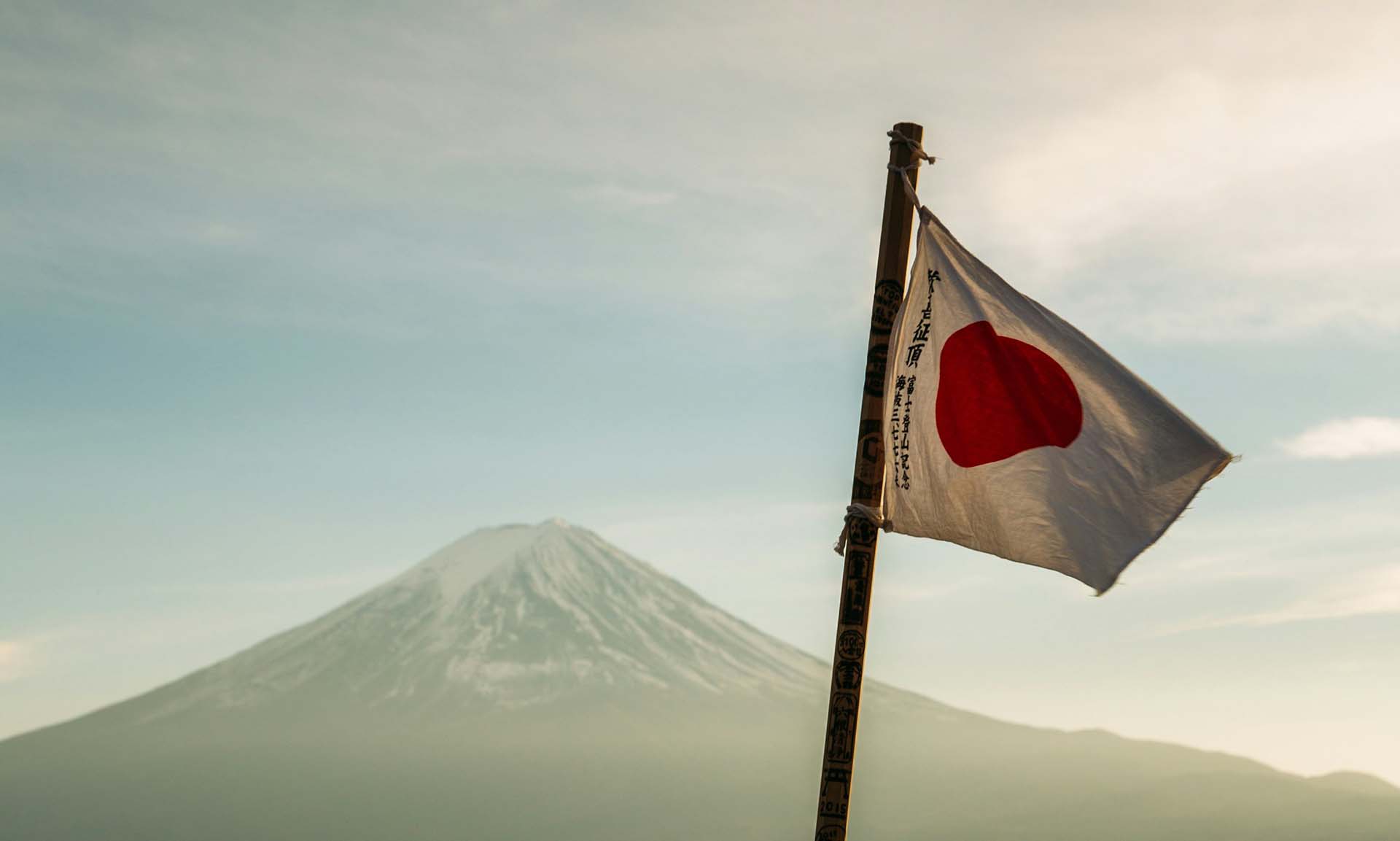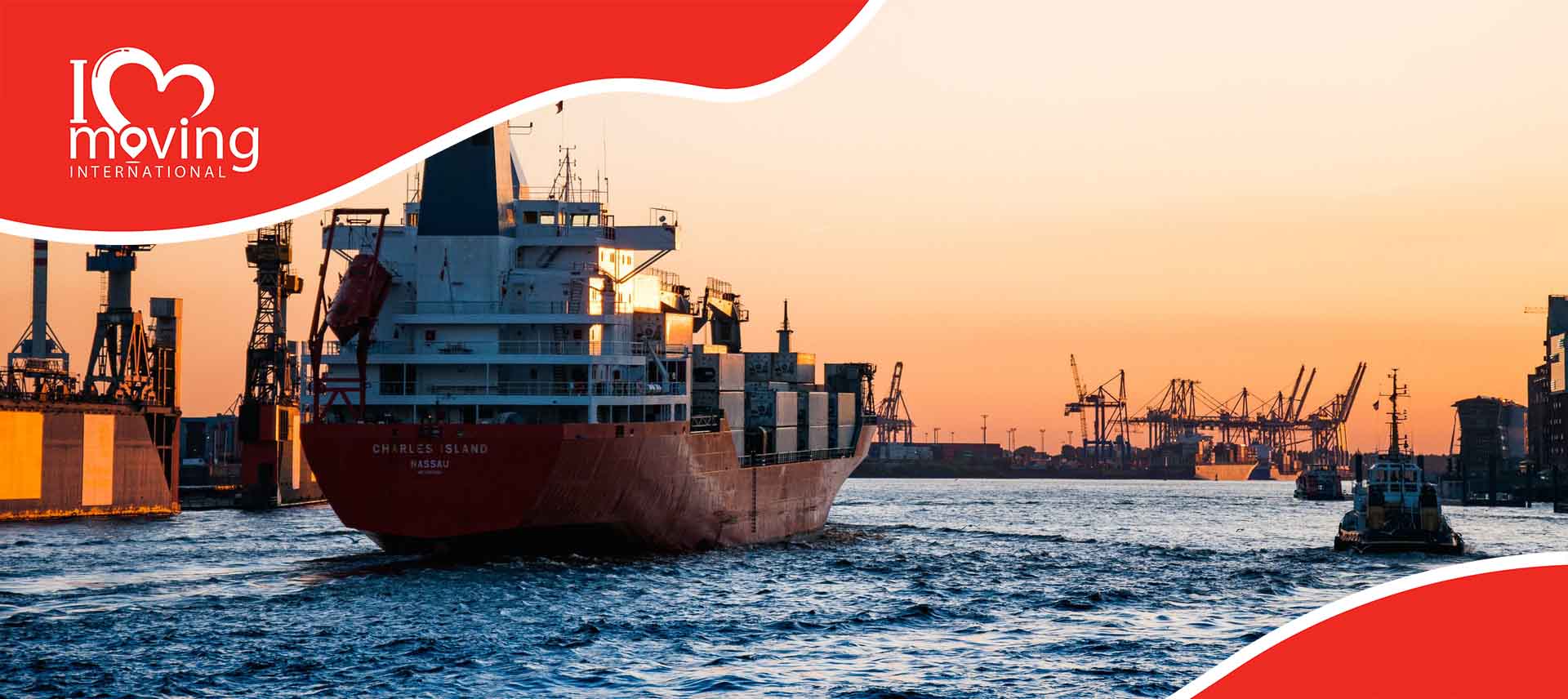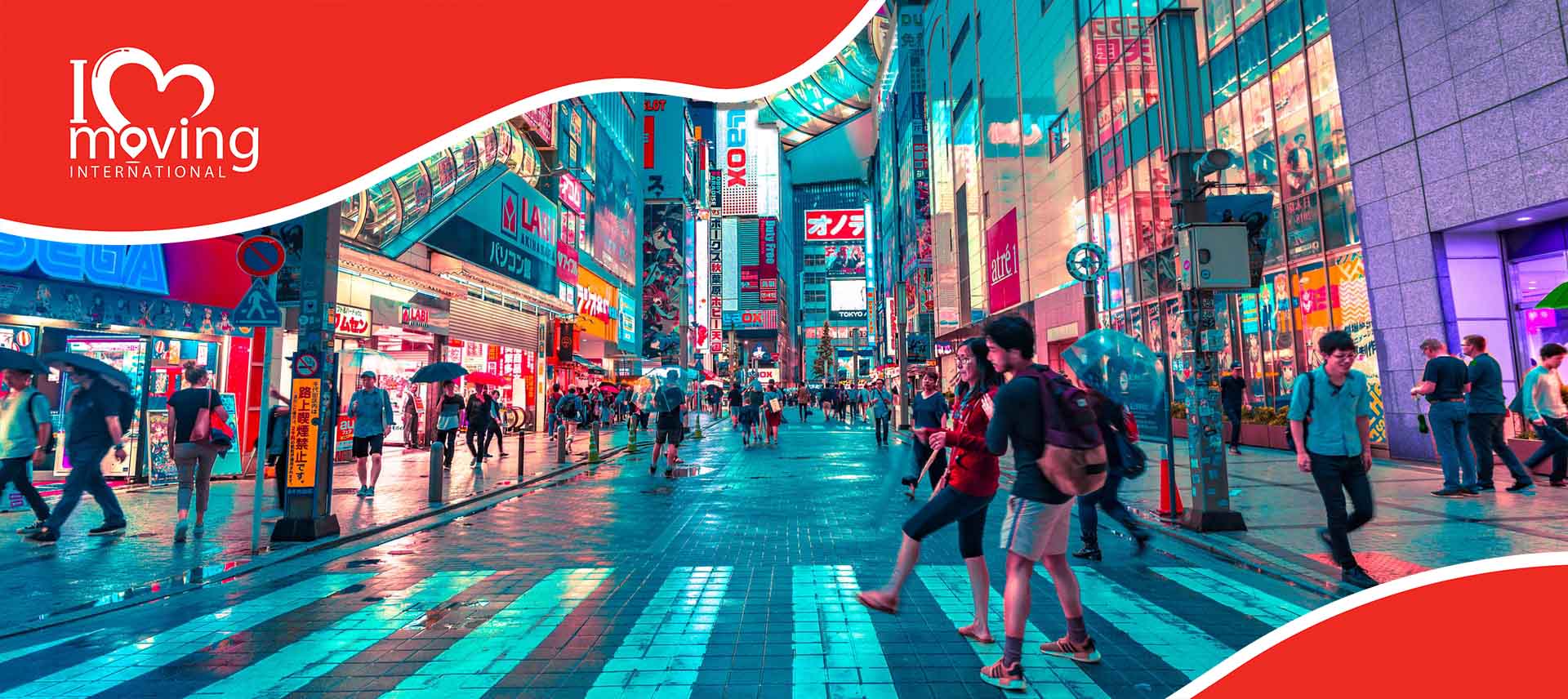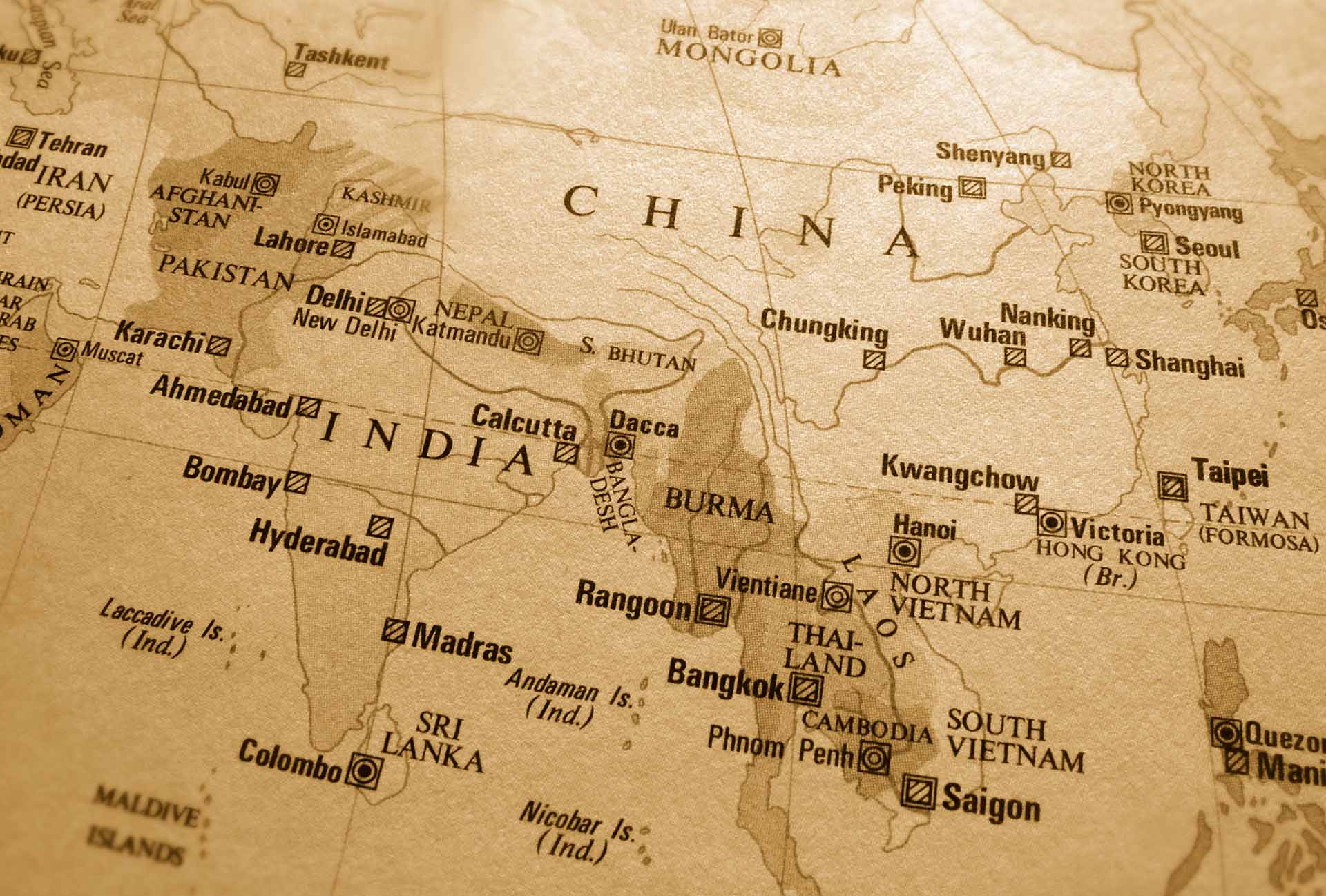Discover the allure of moving to Japan from the US, a journey already chosen by around 63,500 Americans. This makes it a sought-after destination for those seeking a blend of ancient traditions and cutting-edge modernity. Our guide offers essential insights and support for anyone considering the move, ensuring a seamless transition to this fascinating country. With our expertise as an international moving company, you will easily embark on your adventure.
How to Move to Japan?
If you are immigrating to Japan from the US, you should know that it’s widely acknowledged as a top destination for expats. Yet, moving to a new country means you need to be armed with essential knowledge about the best cities to live in and understand the country’s legal requirements for residency, citizenship, and visas. Adapting to this change encompasses acclimating to a different environment, weather patterns, and living costs.
The country’s accessible healthcare system, quality educational opportunities, and ample employment prospects offer a refreshing change. Residents take immense pride in their rich cultural heritage, exquisite food, and stunning landscapes that are must-sees. Furthermore, moving internationally is a detailed process that necessitates careful planning and execution. Hence, a reputable overseas shipping company is crucial for a seamless and efficient transition.
Learn Some Facts Before Moving to Japan as an American
Before moving overseas, it’s crucial to arm yourself with knowledge about this unique country. Here are some noteworthy facts to consider:
- Aging population – it faces demographic challenges, with a significant portion of its population over 65. This has led to innovative solutions, including the integration of robots into the workforce.
- Hi-tech toilets – the restroom experience is unlike any other, featuring toilets with numerous functions, from seat warmers to deodorizers.
- Bullet trains – the Shinkansen, or bullet train, epitomizes efficiency and speed, connecting major cities across the country in hours with minimal delays.
- Stunning countryside – beyond the urban landscapes, it boasts lush forests, majestic mountains, and picturesque countryside spots waiting to be explored.
- Cherry blossom season – the blooming of cherry blossoms is a highly anticipated event, celebrated across the country with picnics and parties under the blooming trees.
- Safety – it ranks as one of the safest countries in the world, with low crime rates and a high sense of community safety.
- Potentially lethal cuisine—pufferfish, or fugu, is a delicacy that comes with a risk. Due to its potentially lethal toxins, this dish is prepared by specially licensed chefs.
- Three alphabets – navigating the Japanese language involves mastering three distinct alphabets: Hiragana, Katakana, and Kanji. Learning these can be challenging but is essential for deep immersion in its culture.
- Frequent earthquakes – this country is located in a highly seismic zone, experiencing about 1,500 earthquakes annually. Their advanced preparedness and engineering ensure safety and minimal disruption.
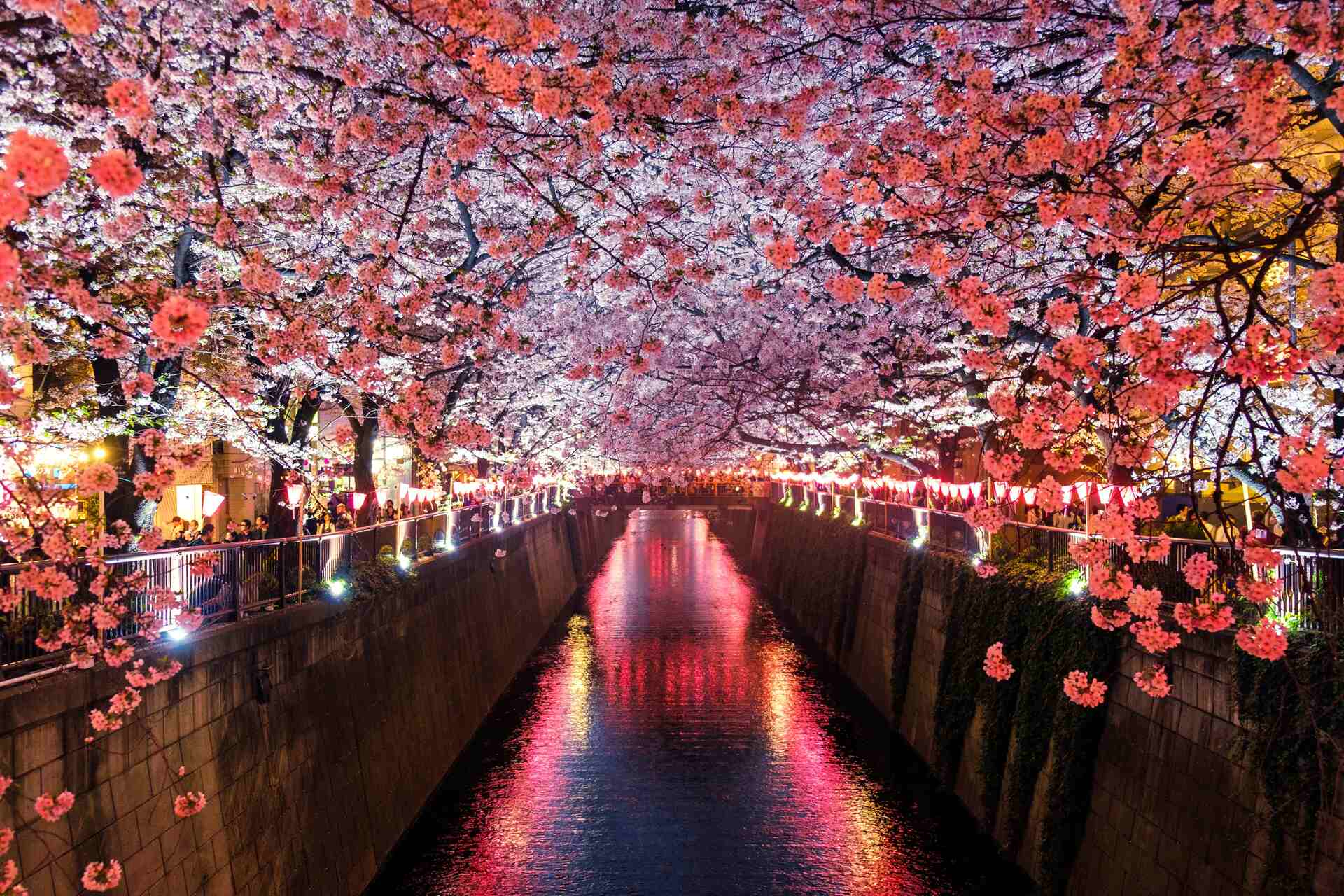
Check Out the Necessary Legal Requirements for Americans Moving to Japan
If you’re relocating to Japan, getting a visa ahead of time is crucial. For short visits under 90 days, just your passport and a return ticket are needed. But for a permanent move, a visa application is a must. It’s wise to start this process at least two months in advance to ensure all paperwork is sorted.
You’ll need a work visa for employment, valid for up to five years and renewable. This visa covers various job categories, from engineers and journalists to artists and business managers. Ensuring you apply for the right type and have proof of your profession is key to a smooth transition.
How to Qualify for Permanent Residency and Citizenship
For those from the US considering a permanent relocation, there are two main paths. Permanent Residency allows you to live indefinitely without renewing your visa status. To apply, you’ll need to submit the necessary documents to the Immigration Bureau.
On the other hand, opting for Citizenship means living for 10 years in this country. However, adopting nationality requires renouncing your original citizenship, as dual nationality is not permitted. The process involves submitting documents to the Legal Affairs Bureau and attending an interview in Japanese, demonstrating sufficient language proficiency.
Choosing between two depends on your commitment to integrating into society, including language skills and the willingness to adopt nationality exclusively. It’s a significant decision that should be carefully considered.

These Are the Best Cities for Expats You Should Consider When Relocating to Japan
Choosing the right city is key when planning a relocation to another country. Each place offers unique perks, catering to different preferences and lifestyles. So, here’s a list of top cities for expats to consider:
- Tokyo – the capital offers a dynamic blend of the modern and traditional. It’s a hub for business and culture, with expat-friendly areas like Minato-ku and Shibuya-ku, known for their international amenities.
- Kyoto – renowned for its historical and cultural treasures, Kyoto is less hectic than Tokyo. It’s ideal for those who appreciate Japan’s classical side, with excellent transport links to Osaka.
- Yokohama – just south of Tokyo, Yokohama offers a more affordable cost of living. It’s a vibrant port city with a diverse community, famous for its Chinatown and cultural attractions.
- Osaka – known for its friendly vibe and delicious cuisine, Osaka provides a lively urban experience at a lower cost than Tokyo. It boasts a strong nightlife and a community that, while not as English-speaking, is welcoming.
- Sapporo – for those seeking cooler climates and outdoor activities, Sapporo is the spot. Famous for its skiing, beer, and miso ramen, it offers a laid-back lifestyle with a lower cost of living.

Cost of Living in the Country of the Rising Sun Is Not as High as You Might Think
Living in this country, which is often associated with high living costs, might surprise you. It’s more affordable than many think, especially compared to the USA. On average, an individual spends about $900 per month without rent, whereas in America, it’s around $1,200. For families, the difference is even more notable, with expenses averaging $3,050 there versus $4,000 in the USA.
Renting a place for one person averages $560 per month, significantly less than the $1,800 in the US. For families, rent averages about $1,200, compared to $3,000 in America.
Monthly transportation costs average $55, in comparison to $75. Taxis and gas are pricier, but public transport tickets are nearly the same price. The average monthly salary after tax is $2,500, lower than the $4,550 in the USA.

Healthcare System in Japan Is the Fourth-Best Ranked in the World
The healthcare system constantly ranks among the best globally, being highly efficient and cost-effective. Patients cover only 30% of medical fees, with the government’s health insurance schemes paying the rest. Expats can join the Social Health Insurance for full-time employees of larger firms. For those in smaller companies or self-employed, based on income, there is the National Health Insurance.
New expropriates wait a year for Social Health Insurance, so a private plan might be necessary initially, especially for English-speaking services. Consider exploring public and private healthcare options before hitting the road.
US Citizens Can’t Work In Japan Without Work Visa
If you are looking for a job, there are a lot of employment opportunities in areas seeing growth due to technological and societal changes. High-demand jobs include:
- Software engineers – crucial for developing and managing software in a tech-forward environment.
- English teachers – valued for their role in global communication within businesses and educational institutions.
- Engineers – they are needed in fields like automotive and telecommunications, highly sought after for their specialized skills.
- Japanese translators – they are essential for facilitating communication between international visitors and locals.
- IT professionals – they are needed for their expertise in developing and securing digital infrastructures.
- Medical professionals, doctors, and surgeons – are in demand to address healthcare needs driven by an aging population and advances in medical technology.
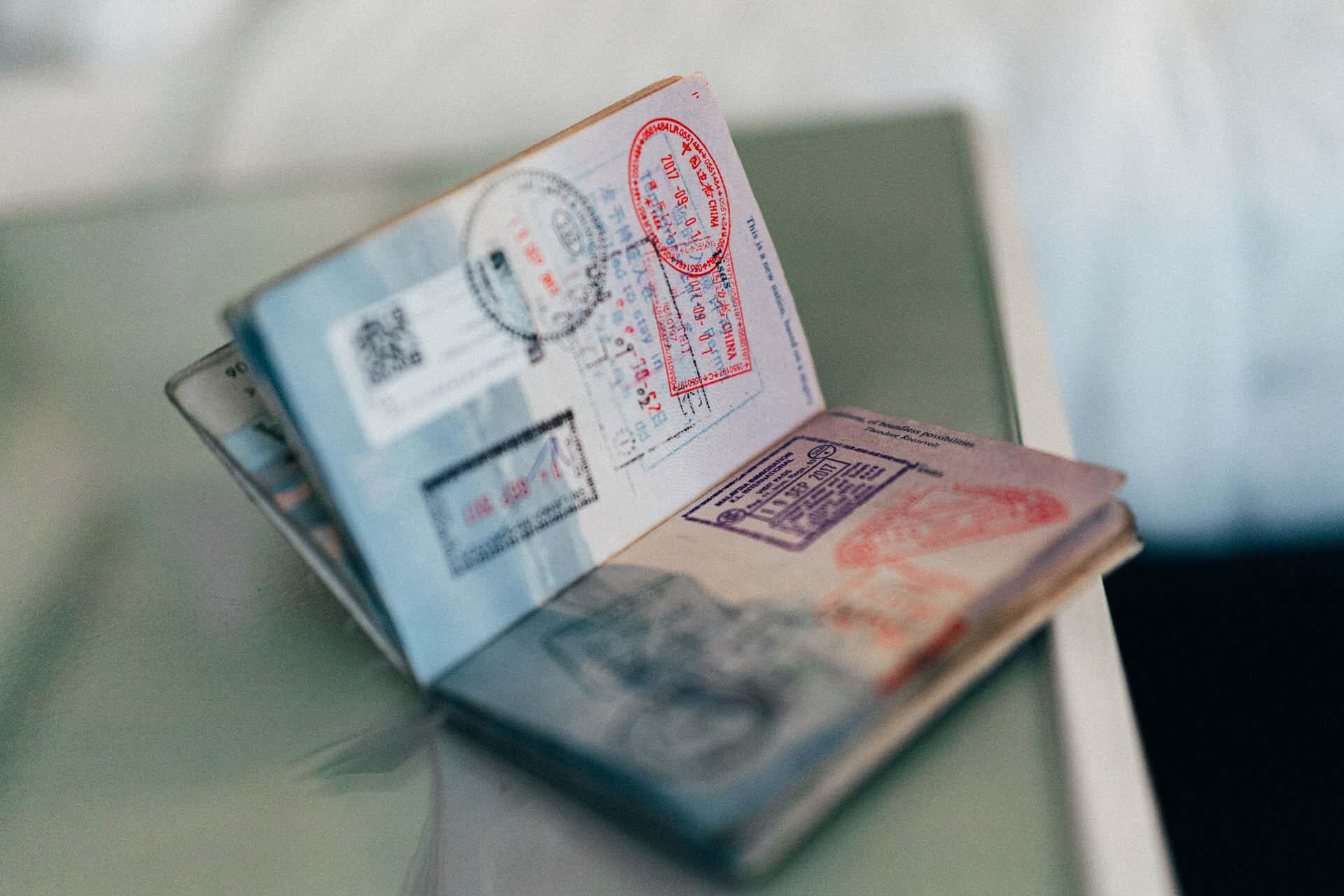
The Education System is One of The Top-Ranked in the World
The education system here ranks among the top globally, focusing not just on academic success but also on moral and ethical development. School is mandatory for children aged 6 to 15, covering grades 1 through 9, with most continuing through to grade 12. The academic year runs from April to March, with additional classes on Saturdays for many.
Education in public schools is free for foreign students, aside from fees for lunches, supplies, and uniforms. Alternatively, international schools offer instruction in English and smaller class sizes for personalized learning, including support for special needs students. However, these schools are costly, with annual tuition ranging from $13,700 to $21,000, plus additional fees.

Japanese Cultural Traditions Made Them Who They Are Today
Japanese cultural traditions have played a pivotal role in shaping the nation’s identity. There is the art of tea ceremonies, which emphasize respect, purity, and tranquility. Then there’s the disciplined practice of martial arts, that fosters a deep sense of patience, precision, and respect within the community.
Moreover, the care and community spirit found in traditional festivals enriches the societal fabric. Examples include the vibrant Tanabata Festival, which celebrates the meeting of deities represented by stars, and the peaceful Obon Festival, which honors the spirits of ancestors.
Things to Know Before Moving to Japan – Be Aware of These Social Conventions
To avoid cultural shock, being informed about the social norms of the future country is crucial for avoiding some common mistakes. In this nation, politeness is key. People bow instead of shaking hands, with deeper bows showing greater respect. Always remove your shoes before entering a home, placing them on a designated shelf.
Unlike in the West, eating or drinking while walking is frowned upon. Handling business cards is a formal affair, so make sure to receive and offer them with both hands and a bow. In conversations, especially business ones, start with “yes” and then your name, and remember, avoiding prolonged eye contact is more comfortable here. Finally, at work dinners, the bill is typically split equally, regardless of individual orders.
You Will Be Able to Enjoy Four Distinct Seasons
This country spans an impressive 1,869 miles, leading to varying climates across different regions. From the extra-tropical climate in Honshu, Shikoku, and Kyūshū, to the subarctic in Hokkaido.
The weather changes dramatically throughout the country, as there is also a subtropical climate in the southern islands like Okinawa. You could be skiing in the north in March or swimming in the southern sea in the same period. This is how seasons are divided:
- Spring (March to May) – the weather is warm but comfortably so, with minimal rain.
- Summer (June to August) – after an initial rainy period, temperatures can soar to the high 90s (Fahrenheit), coupled with high humidity due to its Pacific location.
- Autumn (September to November) – expect cooler weather, with temperatures ranging from 46-50°F, accompanied by light breezes.
- Winter (December to February) – along the Pacific coast, it’s dry and sunny. While temperatures seldom fall below 32°F, the north sees snowfall. The South enjoys a milder winter.

Navigate Through the Language Barrier
While you’ll meet some locals fluent in English, it’s not common everywhere. Learning a new language will help you immerse yourself in the new environment more easily and break the language barrier. It’s wise to learn basic Japanese phrases and food names before you move. Knowing these can make a big difference in getting around and enjoying an everyday life.
Immerse Yourself in the Rich Traditional Cuisine
This country blends tradition with modernity, offering vibrant cities and breathtaking nature. Cuisine revolves around fresh, seasonal ingredients. Here are five dishes that have even gained international fame:
- Sushi – essentially raw fish on vinegar-seasoned rice, sushi varies widely in flavors and textures, from tangy sea urchin roe to juicy sweet shrimp. Originally street food, sushi has a rich variety to explore.
- Ramen – a late-night favorite, ramen consists of egg noodles in a salty broth. It has become a quintessentially local dish with several broth styles, including pork bone and miso.
- Unagi – grilled river eel covered in sweet barbecue sauce, traditionally eaten to beat the summer heat. It’s a taste of old Japan, available fresh from May to October.
- Tempura – deep-fried seafood and vegetables in a light, fluffy batter, usually served with soy sauce or salt. Don’t miss out on tempura prawns.
- Kaiseki – more an art form than a meal, kaiseki is a series of small, seasonally themed dishes served on beautiful crockery, reflecting the haute cuisine of Kyoto.
These Are the Things to Do and See in Japan
When you finally settle in, you should set off, and exploring these major cities and their iconic sights is essential. Dive into the dynamic capital by visiting the historic Asakusa district and the ancient Senso-ji Temple. Contrast that with the cutting-edge technology and fashion in Shibuya and Shinjuku. Don’t miss the serene Meiji Shrine nestled in a lush forested area.
Kyoto is the heart of traditional Japan. It is home to over a thousand temples, including the golden Kinkaku-ji and the vast Arashiyama Bamboo Grove. The historic Gion district might offer a glimpse of a geisha. Osaka, on the other hand, is known for its modern architecture, vibrant nightlife, and street food. However, the Osaka Castle Park and the futuristic Umeda Sky Building are highlights of this city.
Visit the Peace Memorial Park and Museum in Hiroshima for a sobering reminder of the city’s history. Also, explore the nearby Miyajima Island, famous for its floating torii gate. Experience the annual Snow Festival or enjoy Sapporo’s renowned beer. The historical villages of Hokkaido and Odori Park are also worth visiting.

Enjoy Japan’s World-Class Public Transportation System
Japan’s transportation system is renowned for its efficiency and diversity, offering 750,000 miles of paved roads, railways, air travel, and maritime routes. At the heart of its rail network is the Hayabusa, the fastest train in the country. This shinkansen reaches speeds of up to 200 mph.
The advanced transportation infrastructure ensures seamless travel across the country. Its sprawling expressways connect major cities, while 176 airports facilitate global connections. Whether you’re commuting between cities or exploring remote islands, the country’s well-developed transport system supports smooth and swift journeys.
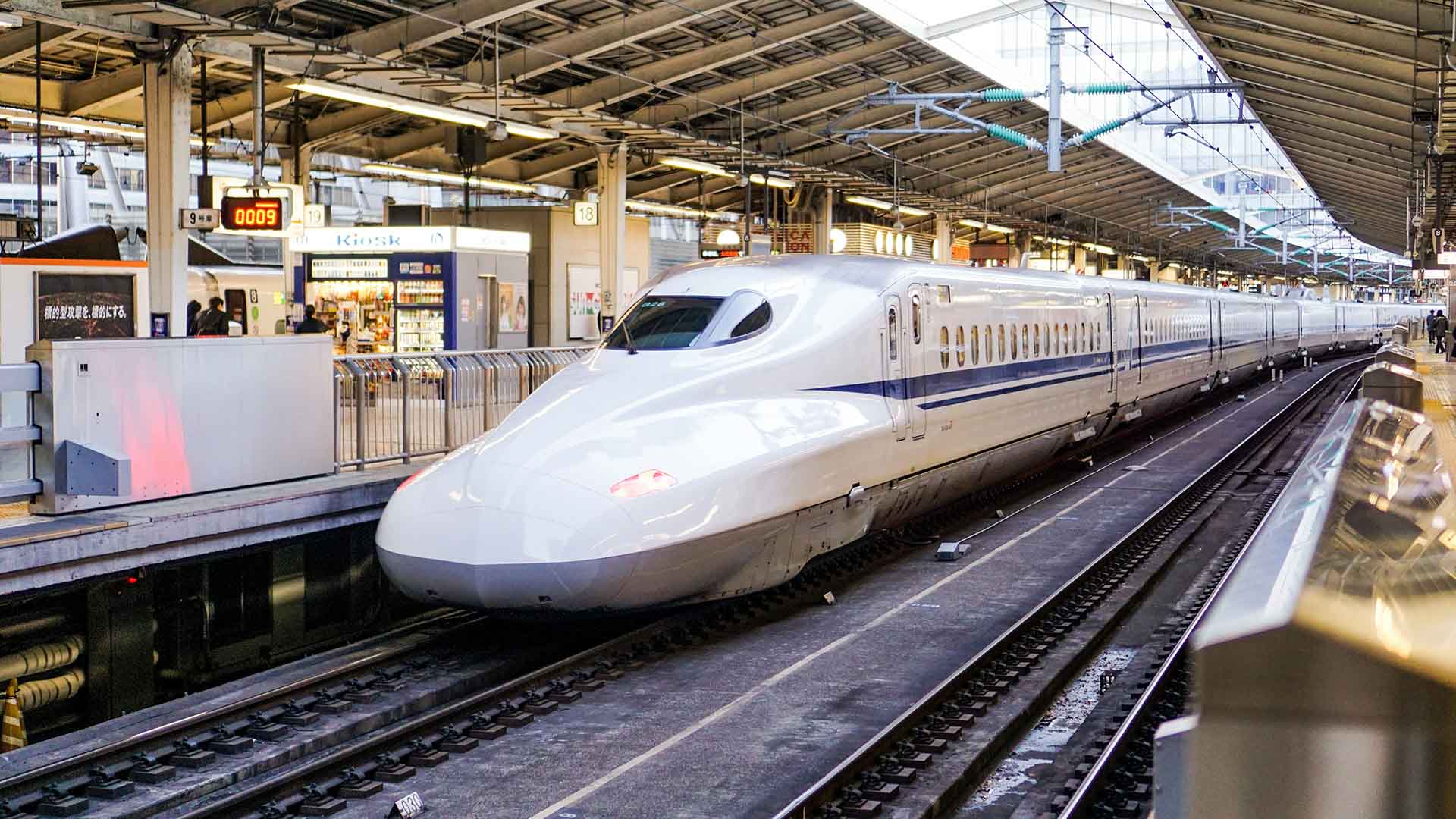
Book an International Moving Company on Time and Simplify Your Transition
Moving to another country requires detailed preparation and organization. Entrusting the logistical aspects of shipping overseas to experts can simplify your transition significantly. Engaging a seasoned I Love International Moving company, familiar with international relocations, is key.
With our options, like cost-effective sea freight services or faster air freight alternatives, you can select the method that best fits your needs. Our professional team also offers packing services that entail high-quality materials and equipment, ensuring your possessions are protected and relocated safely to the new home.
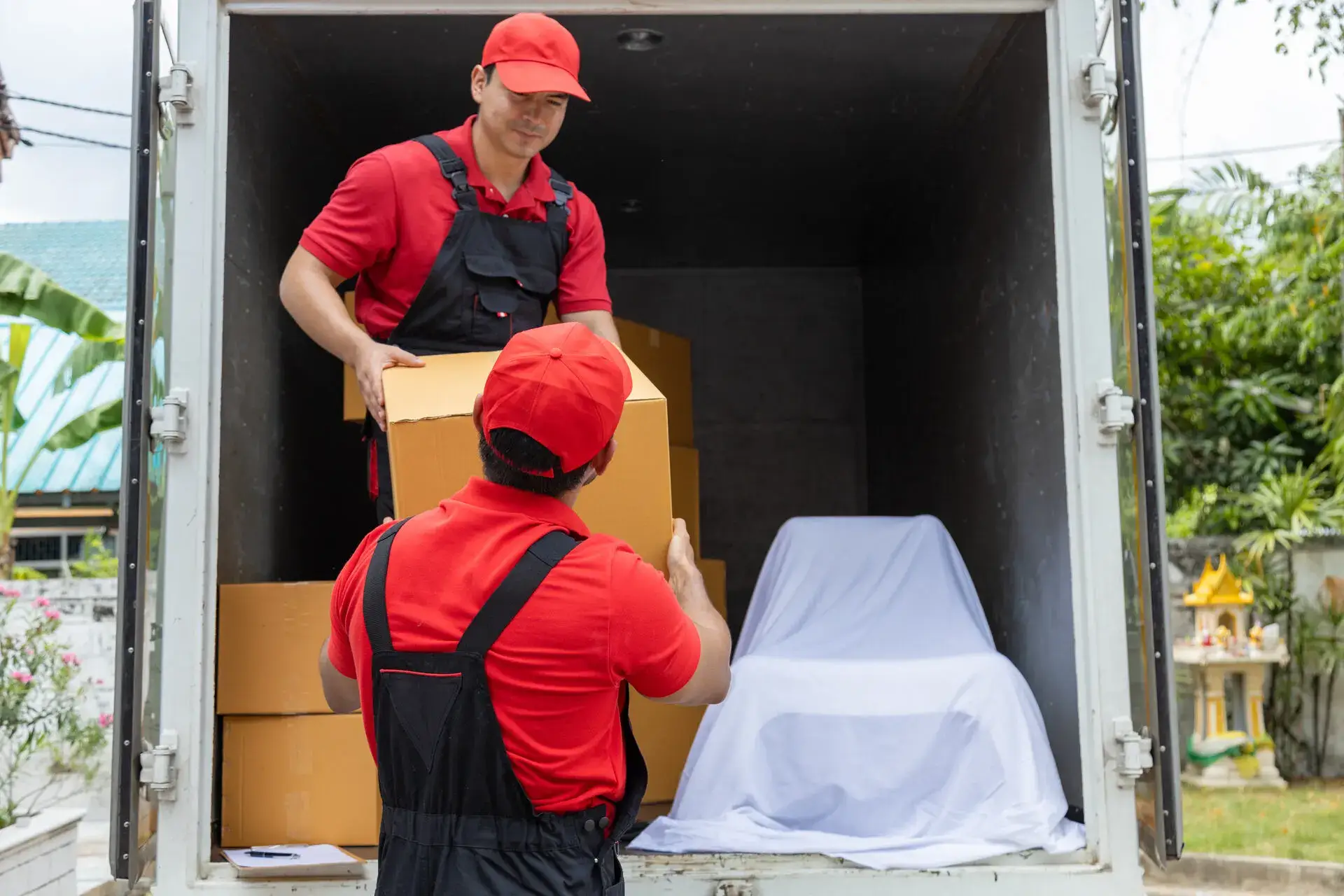
Moving Abroad Is Easy With the Right Team to Guide Your Way
If navigating the international paperwork and regulations seems taxing and overwhelming, finding the right ally is crucial. A company like I Love International Moving, with its expertise in managing such complexities, can be invaluable. We will ensure a seamless and worry-free transition by utilizing top-notch supplies, vehicles, and tools. So, reach out to us and secure our services early on, and let us take the reins of this transition.

